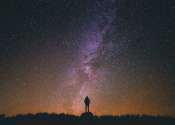Astronomers discover an oversized black hole population in the star cluster Palomar 5
Palomar 5 is a unique star cluster. In a paper published today in Nature Astronomy, an international team of astrophysicists led by the University of Barcelona show that distinguishing features of Palomar 5 are likely the ...








